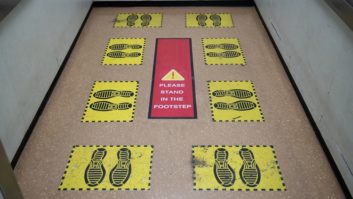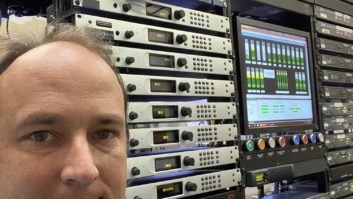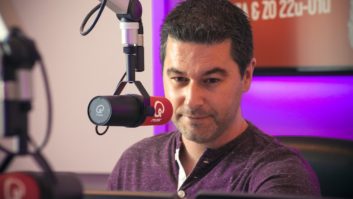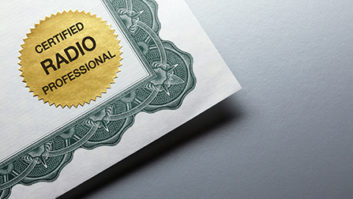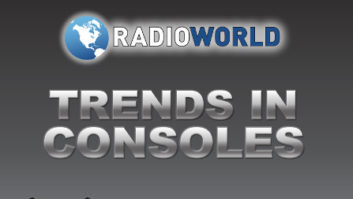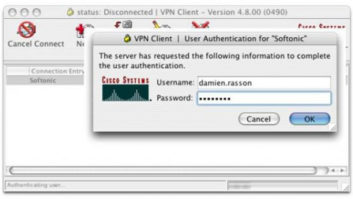I read with no small amusement about this “wonderful” new way to broadcast high-quality programming via IBOC. I’m reminded of the feeding frenzy in the ’80s when AM stereo would bring the standard band up to par with the “my gosh, look at all the money they’re making” FMs.
Managers of AMs were bombarded with advertisements touting AM would be on a level playing field. What happened?
A flash in the pan. The few stations that spent the bucks for an AM stereo generator looked around and, oops, almost nobody had the receiver to enjoy this new transmission method.
I remember reading an article excitedly proclaiming that when listening to a baseball game in AM stereo, you could hear the crack of the bat in the right channel and the stadium organ in the left! Adding to the folly, most stations back in those days had tube — type plate — modulated transmitters with, in most cases, a common HV transformer for the modulators and PA subject to variations during instantaneous demands during modulation with accompanying carrier shift and other “nasties” – not a very linear “platform” to begin with.
With few receivers and the public not clamoring for hearing the drum in the left and tuba in the right on their AM sets, this flash in the pan finally did a General Douglas MacArthur and just faded away.
Familiar frenzy
Now, 20-some years later, here we are with the same frenzy. The industry has changed. The notion that the airwaves belong to the public? Absurd! And — holy smoke — there’s some fuddy-duddy rule in the Communications Act of 1934 (as amended) that broadcasters serve those owners of the airwaves “in the public interest, convenience and necessity.”
I do not find any FCC rule that encapsulates what’s happening now, such as, “Phooey with the public interest. Give lip service to news and public affairs. Automate as much as you can to get rid of those lazy people who think they are needed, and maximize profits for the investors. Suck the money out of the local market and mail it nightly to a blind box 1,000 miles away.”
This is in addition to the FCCs infinite wisdom to let the high rollers gobble up all types of media without regard to fairness of opinion and the resultant squashing the little guys. Whose interest is served by this?
IBOC is nothing new. I do not hear listeners calling talk shows to leave a message for the manager saying, “Yea, please let whoever is in charge know that I would like a noise floor of at least — 120 dB as opposed to the average — 70 dB of today.”
I worked in corporate radio but have returned to a “ma and pa” operation. Advantages? You bet. You get an answer within hours, not months or never.
There are fewer and fewer locally owned stations; but for those of us who believe in serving the public interest, convenience and necessity, we enjoy a freedom that’s refreshing. At the end of the day, the art of broadcasting is a most rewarding profession.
No demand
I’m now in semi-retirement near the coast of North Carolina, a partner in a 5 kW AM serving as chief engineer (like in the old days, when the engineer was around) as well as director of sales. I dump the trash at night and enjoy exercising my wife’s airplane.
New engineers and on-air talent: if your only experience in radio is on the corporate side, the day will come when you’ll seek out what radio can be.
Finally, the little AM and FM operators would probably go bankrupt buying the equipment necessary for IBOC operation. Most of us are using hybrid transmitters not designed for the requirements needed in this “new and improved” system.
Unless and until the public demands IBOC, the big guys investing the big bucks will have to stand tall before the investors one day. The simple reality is the listening public is happy with conventional radio broadcasting in the USA.
My suggestion is to remove the (AM) NRSC-2 RF mask covered by the FCC rules. In the daytime, there should be no interference due to skywave absorption. Have you listened to nighttime radio, especially on the “local” community channels? The blanket granting of 1 kW full-time on 1230, 1240, 1400, 1450 and 1490 has done nothing but raise the RSS level and greatly diminish groundwave coverage.
Return the locals to 250 watts at night and they’ll have much greater local coverage. Let the receiver manufacturers open the intermediate frequency bandwidth to 12 kHz and you’ll hear quality — and it costs nothing but removing the NRSC band — limiting filter and throwing it away. The simple solutions are normally the best solutions.
One more observation: human ears are analog.
